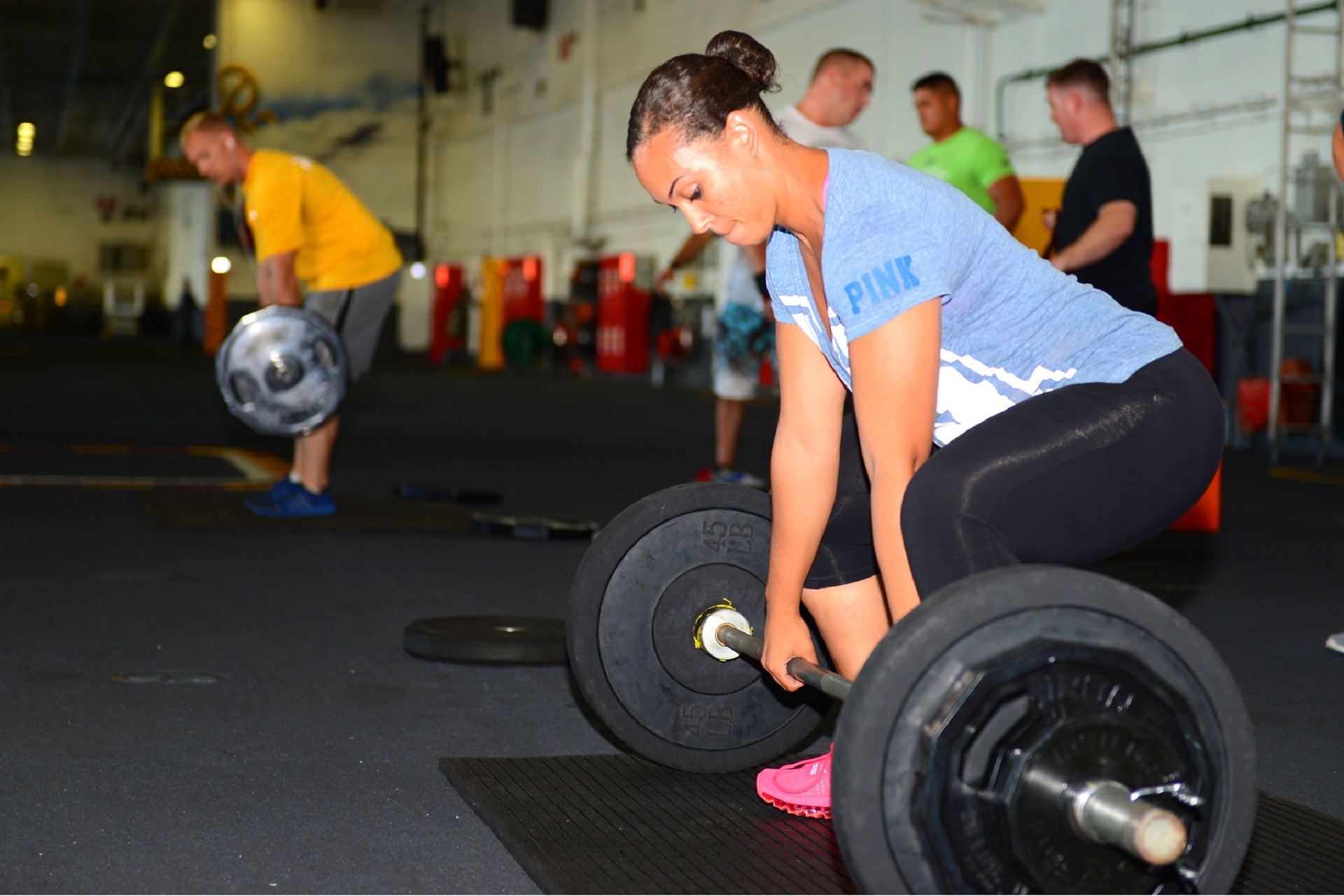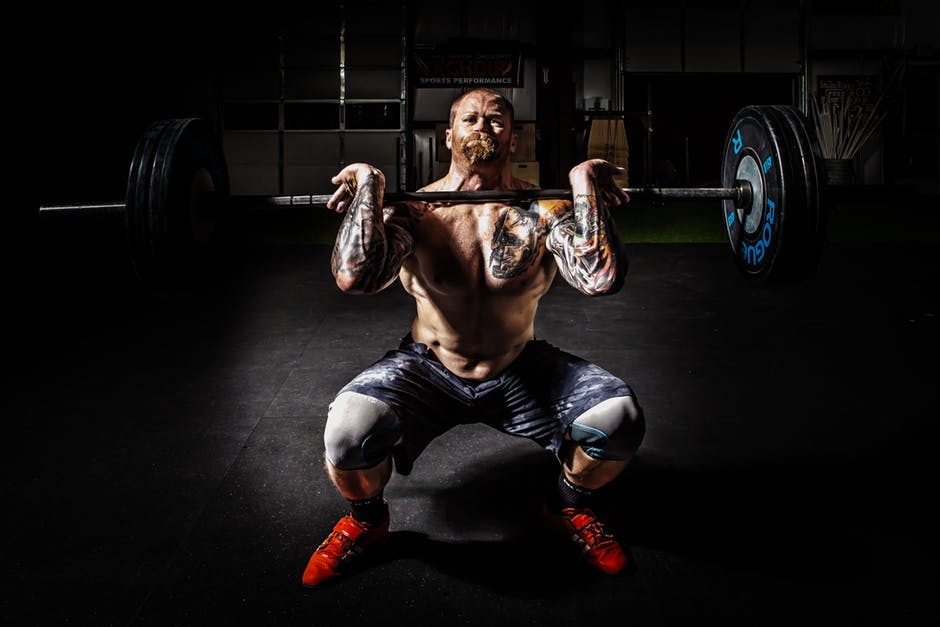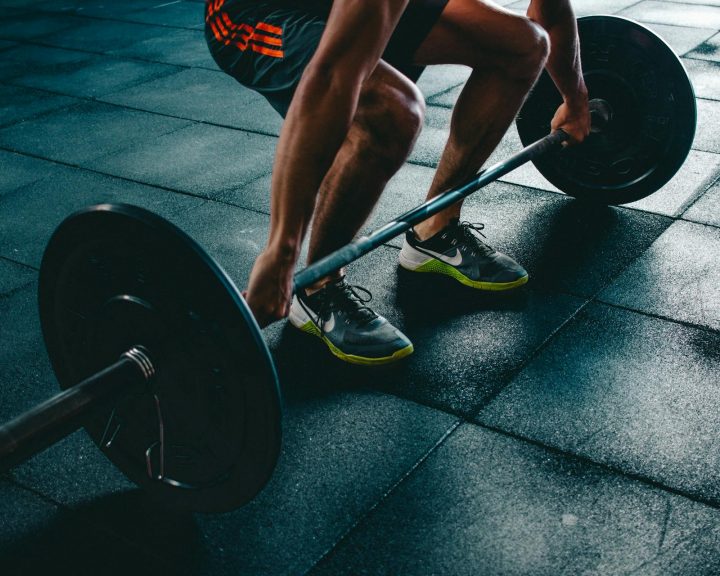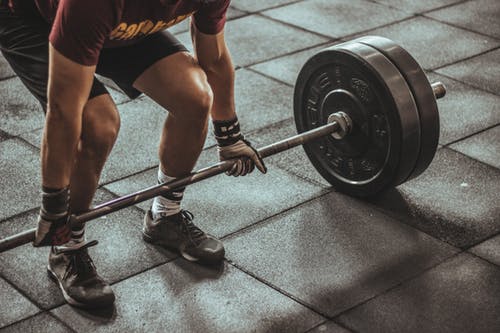The snatch is an exercise that is frequently used in the strength and conditioning of athletes and is one of the lifts athletes compete in the Olympics. A great deal of research has been done on the snatch lift and male athletes, but not as much exists on female athletes. Hasan Akkus studied the performance of the winners of each of the weight classes during the 2010 world weightlifting championships. The athletes averaged out to be 24 years old, weighed ~66 kilograms, were ~165 centimeters tall, and lifted ~115 kilograms. The author analyzed the heaviest lifts in those weight classes. Two of the lifts analyzed were world records.
For analysis, the snatch lift was organized into the following phases:
- The first pull: Barbell lift off until the first maximum knee extension
- Transition: From the first pull until the first maximum knee flexion
- Second pull: From the transition until the second maximum knee extension
- The turnover: From the second pull until the barbell’s maximum height
- The catch: Maximum height until stabilization in the squat position
- Rising from the squat
The results of this analysis are interesting:
- The first pull was longer than the other phases.
- During the first pull, the knee angular velocity was greater than the hip and the ankle.
- During the first pull, the bar reached about 45% of its maximum height and almost 60% of its maximum velocity.
- The bar moved towards the lifters during the first pull.
- During the second pull, the hip angular velocity was greater than the knee and the ankle.
- During the second pull, the bar reached about 78% of its maximum height and its maximum velocity.
- The bar moved away from the lifters during the second pull.
- The power outputs in the first and second pull are very different than those reported for male athletes, at 9 and 29 watts/kg respectively.
Now, explaining the biomechanics. The first pull is typically a slow, controlled lift. A jerky first pull results in small mistakes that become magnified as the lift continues. During this time the knees are extending faster than the hips and ankles, which causes the bar to move close to the athlete’s body. This is important as it will ensure that the athlete has control of the bar later in the lift when it is overhead. The second pull can be likened to “jumping” with the barbell, there is a violent hip/knee/and ankle extension to power the bar to a great enough height so that the athlete can move underneath it. While all three joints are extending, it’s fair to say that the hip is the prime mover during the second pull. As the lifter is extending during the second pull, most lifters will move backwards some – this backwards movement typically forces the bar away from the lifter. If this is minimized it is fine, if this is exaggerated it results in a missed lift as the lifter can no longer get underneath the barbell. The second pull transmits the power to the bar to give it its maximum height (i.e. the “turnover” phase), at which point the lifter is moving underneath the barbell in a full squat.
The power output values are interesting. The first pull always has a lower power output than the second. However, the values (in relative watts/kg) are a lot lower than those reported for male weightlifters. The author postulates that this could be due to the relative “newness” of weightlifting for females (1987).
Akkus, H. (2012). Kinematic analysis of the snatch lift with elite female weightlifters during the 2010 world weightlifting championship. Journal of Strength and Conditioning Research, 26(4): 897-905.




